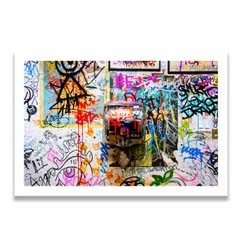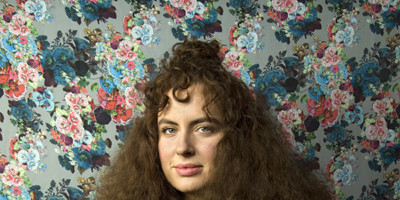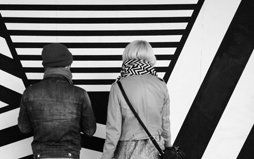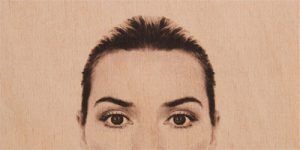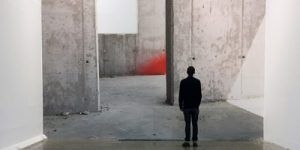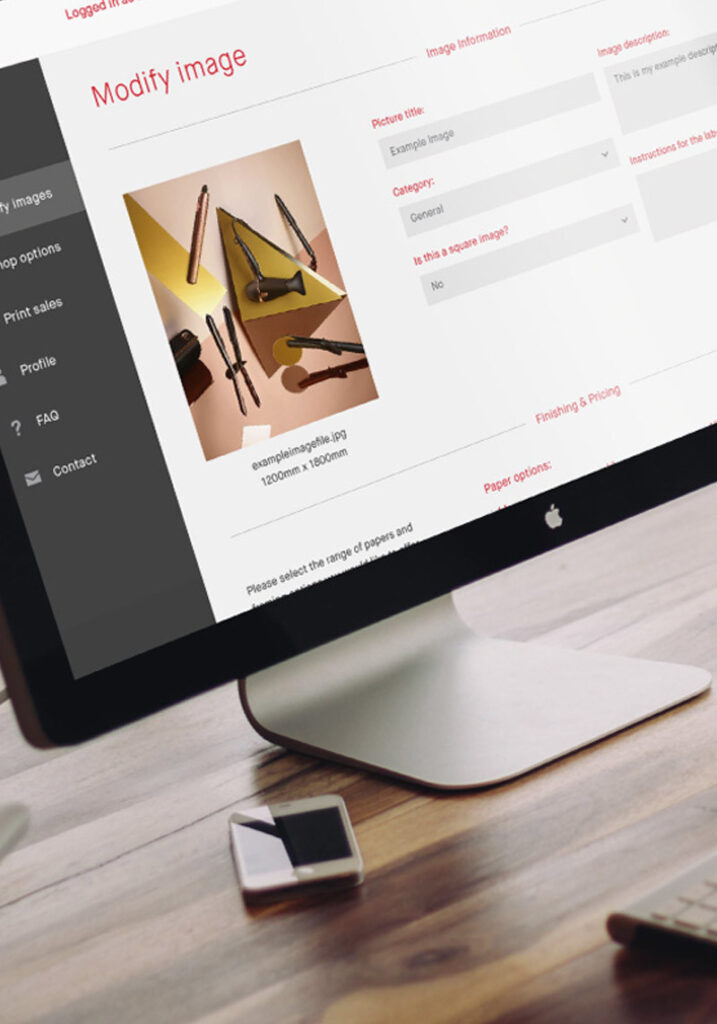We have been collaborating with visual artist Sam Ryde in the production of a new series of Limited Edition Giclée prints. It gave us time to find out more about his practice and in particular his use of social media to promote his work. Sam can you tell us a bit about your work and how you came to photography? Describe if you can what your interests are and what drives you to create.
“Like most people, my dad had an old SLR tucked away in his extremely old vintage camera bag – he showed me how the light meter worked and the magic never left me. After this initial introduction, I finished my a-level in photography and decided not to take formal education any further. However I never stopped taking photographs, I always tried to have a camera on me, this tiny Canon which I loved.
I don’t know anyone that took as many photos as I did, this is before i-Phones, my computer had 111000 photos on it. I was purely a hobbyist. When I look back at those photos, the patterns are there already. I’ve constantly been drawn to innate or banal everyday objects that scream to me about humanity. Why is this thing there, who put it there, how long has be it been there, why does
no one love it anymore. What do these things tell us about ourselves as humans, the decay of our surroundings, time, space and ultimately death? This compels me to capture what I see. I always like to shoot head-on, something I think came from my Hand Dryer images. There’s no ambiguity, the subject is central and focuses the viewer to look straight at it. Uncluttered and clear.”
You have an uncanny knack at making the ordinary look extraordinary, transforming the banal into beauty. I feel that you are very much like a harvester of images – collecting; ordering and collating – are you consciously looking for the subject or is it something that you freely encounter along the way. Also if you were to categorize your practice – how would you describe your style of photography?
“I do get a little bit obsessed with things I find you’re right. I know if I go out I’ll find something that catches my eye, however long that takes. A forgotten sign maybe, or some destructive graffiti that changes the item it’s been painted on. Over lock-down I was obsessed with finding phone boxes in interesting places, beaten up or ignored. Finding the narrative in the series.
That led me to search for old council buildings, they are always the last to get upgraded, which in turn led me to discover the architect Frederick Gibberd and his amazing work all over the UK, which then led me to William Mitchell the sculptor, whose work has been overlooked in my opinion and can be found in the most interesting places, which again inspired me to go to Coventry where I found ‘The Elephant’ building, which I have completely fallen in love with.
My diary project ‘12:34’ in which I take a photo every day at that time, is approaching its tenth birthday next year. That’s been a hard slog at times but it’s such a body of work and captures every day of my life for an entire decade, which means I’ve just overtaken Samuel Pepys.
My break out project, Hand Dryers, was the one that elevated me into having a published book. When the deadline was approaching I was consumed by it. I even went to Chernobyl to find these things. I thought if I’ve been given this opportunity I’m going to make sure I give it everything I have. When these images eventually form a series they become so much larger than the sum of their parts, you begin to see things you never thought you’d never see, having a favourite hand dryer for instance. Whoever thought that would be a thing.”
Many creatives wrestle with social media and its relationship to physical arts practice. You are adept at merging the two in a way that introduces the viewer to the work and then invites them in to participate – you have a ‘chat’ tab on your website and actively engage via DM on Social platforms. Is this something that has come instinctively to you or have you purposefully recognized a need to do this from the start?
“Thank you that’s very kind. I’ve always seen social media as primarily a way to share photos. Before Insta I’d share everything on Facebook. I’ve always seen Insta as a way to share how I see the world. That said, I did hide behind my Hand Dryers account for years – I wouldn’t post anything personal at all, which looking back was silly. It wasn’t until I was published in the New York Times that I realized my shortsightedness, I’ve worked really hard to catch up as I was worried about what people thought, that voice at the back of my head filling me with doubt “who do you think you are?”. It’s still there, but much quieter.”
The way that you present your work is very accessible and I feel there is an infectious excitement in what you do and a willingness to share – for instance you recently launched your publication ‘Hand Dryers’ and for a limited period it could be downloaded for free via an Instagram link – tell us why you think it is important to connect in this way and what do hope it might lead to?
“The initial book run sold out quite quickly and the publisher didn’t want to reprint. I kept getting messages from people asking for copies but there weren’t any. After 6 months the copyright came back to me so I decided to make it available on my website. Plus someone was selling it for £300 on eBay! It felt like a nice thing to do, give back to people, give people a reason to view my website or share it. I didn’t want to do it forever, I don’t want to destroy its value. Sharing my work is a blessing, that book changed my life.”
The way that we share images is ever evolving and much of what we photograph is now on phones; last year in excess of 3.4 trillion images were taken, yet only 1.2 billion physical prints made. Is it important to you that your work is not only viewed online but also in print? If so what is your preferred print media and why?
“I think it’s much harder to fall in love with a digital copy. You need that tangible creation in front of you to build that relationship. It’s the same with all print for me, which is why books and magazines haven’t disappeared the way CDs have. You can lose yourself in a physical print, enjoy the light and the texture. Digital has its place, but physical is king. Each media has its own merits, magazines bring a certain authority and gaze, whereas fine art prints invite the viewer to, well, view. I’d love to create giant prints of my hand dryers. Take them to another level completely. I just need to find the right gallery….”
More of Sam’s work can be found on his website https://www.samuelryde.com/ or via Instagram https://www.instagram.com/samuelryde/
